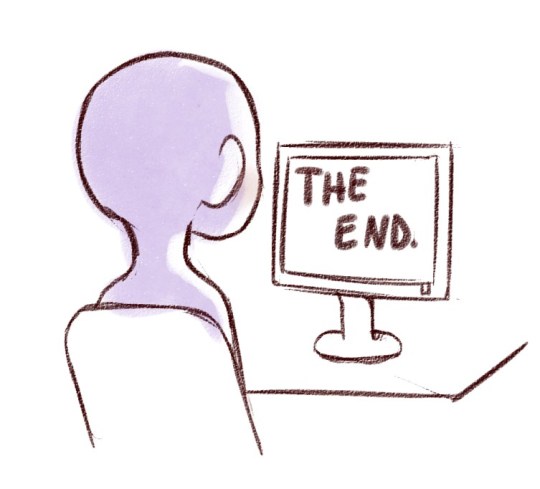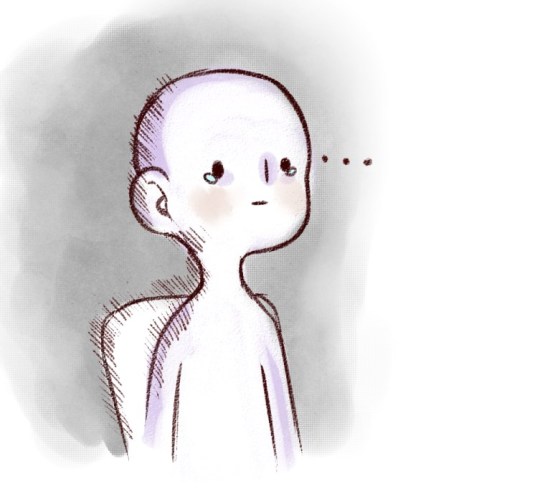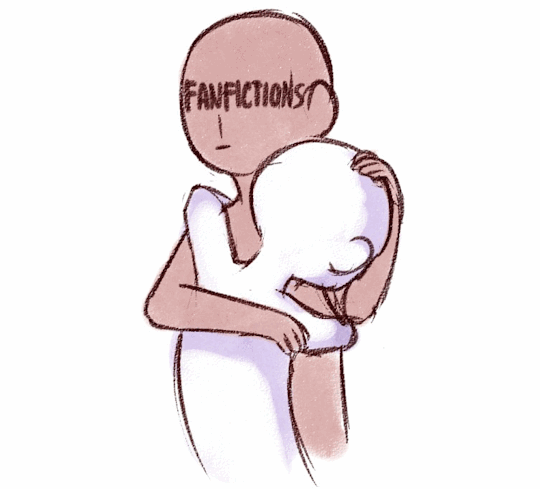Your wish is something something | Sare | lvl 25 | INFJ | Geekery | Games | Cute Stuff | Food | Word Things | Currently posting Star Wars
Don't wanna be here? Send us removal request.
Photo

you’ve been visited by money birb. reblog and good fortune will come your way.
148K notes
·
View notes
Text
Four Horsemen of the Apocalypse

293K notes
·
View notes
Photo









are you obi wan af?
4K notes
·
View notes
Text
My 3 Unfortunately-Secret Programs for Illustrators
There are a few programs I use on an almost daily basis as an artist and illustrator which I find invaluable, but that seem to be unfortunately more secret than they deserve to be. Which is too bad, because they solve a lot of small workflow problems that I think a number of people would find useful!
I’ll keep this list limited to my big three, but it is organized in order of usefulness. (And incidentally of compatibility, as the latter two are Windows-only. Sorry! Please do still check out PureRef though, Mac users.)
1. PureRef
PureRef is a program specifically designed to make it easier to view, sort, and work with your references. I actually put off downloading it initially because it seemed redundant– couldn’t I just paste the refs into my PSD files? Indeed, the only real barrier to working with PureRef is that learning the keyboard shortcuts and the clicks to move around the program takes a little while. But getting over that hump is well worth it, because it has some distinct advantages over trying to organize your refs in your actual art program.

Firstly, you’re no longer bogging down your actual PSD file with extra layers, nor having to fight with said layers at all– PureRef has no layer panel, so you never have to scramble to grab the right one. All images you paste into the program retain their original resolution data, so you can resize, rotate, crop, etc as needed without distortion. If you find yourself needing to adjust the values, color, etc of a ref image, you can just copy paste it into Photoshop, make your adjustments, and copy paste it back into PureRef.
The other great advantage is that you can toggle the program as ‘Stay On Top’ and keep it above Photoshop (or whatever else)– which was always a problem when trying to make a reference collage in a separate PSD file. I find that I just don’t look at my references as much as I should when they are on a second monitor, and this solves that problem.

I’ve used it religiously for about a year now, creating a new PureRef file for every illustration I do, as well as a few for specific characters, cultures, or settings in personal projects. As you can see in the example above, I like to sort my images into little clusters or ‘islands’ of specific content, so that I can easily scroll out to see the entire reference map, then zoom in to the relevant cluster easily.
There is one big tip I would suggest for using this program, if you have the harddrive space: As soon as you get it, turn on the ‘Embed local images in save file’ option. This will make your PureRef files bigger, but you’ll never have to deal with a ‘broken link’ if you move around the source files you originally dragged in.
2. Work Timer
This is such a simple little app that it doesn’t have a very formal name, though I think of it as ‘Work’ or ‘Work Work’ (for some reason.) It’s a timer that counts when your cursor is active in any (of up to 3) program you set it to count for, and stops counting when you change programs or idle. No starting, pausing, stopping, or forgetting to do any of those three things.

I use this one to accurately track my hours, both to inform myself and for commissions or other client work. At the end of a work session, I take the hours counted and add them to the hours I’ve already spent on that image in a spreadsheet.
I have it set to count my three art programs (Photoshop, Painter, and Manga Studio), so based on the settings I use, it doesn’t count time that I spend doing relevant work in my browser (such as looking up an email to double check character descriptions or ref hunting), so to counter that, I set the ‘Timeout’ option in it’s menu to 360. This means it will count to 360 seconds of cursor inactivity before it considers me idle and stops counting. Since it instantly stops counting if you switch to ‘non-work’ a program, I figure this extra time just about cancels out relevant time that it ignores in ‘non-work’ programs by counting an extra minute or so when I walk away from the computer to grab some water or what-have-you.
3. Carapace
I use Carapace the least of these three, since my work doesn’t often have a need for creating perspective lines. But when there is architecture involved in something, this proves invaluable in simplifying that process.

Carapace lets you copy paste an image into it, and then drop in vanishing points and move them around to create perspective lines. (Though you’ll want to scale down your full res drawing or painting a bit to avoid lagging the program.) Like with PureRef, fighting the shortcuts is the worst part of it, though for myself it’s more of an issue in this program because I don’t use it often enough to remember them. Still, it gets the job done, and it’s easy to adjust the points to feel things out until you get them ‘right’. Then you just copy and paste the grid back into your art program and you’ve got that information to use as need be on its own layer.
Of course, using Carapace isn’t a replacement for actually knowing how perspective works– you still have to have a sense of how far apart the vanishing points should be placed to keep things feeling believable. But it sure does save you a lot of trouble once you do have that knowledge.

So, there are my big three recommendations for programs to help your art workflow. I hope people find them useful– if you do, please share so that they climb a little higher out of their unwarranted obscurity! And if you’ve got a favorite tool like this that I didn’t cover, feel free to share it in the comments. I know I’m curious to see what else is out there, too. Also, if Mac users have any suggestions for programs that fill similar functions, feel free to share there as well!
My Website • Store • Commissions • Instagram • Twitter • Deviantart
68K notes
·
View notes
Photo
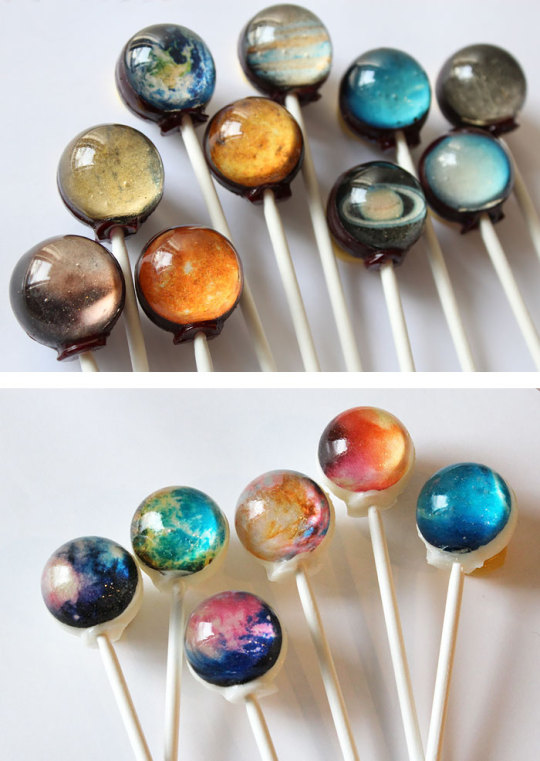

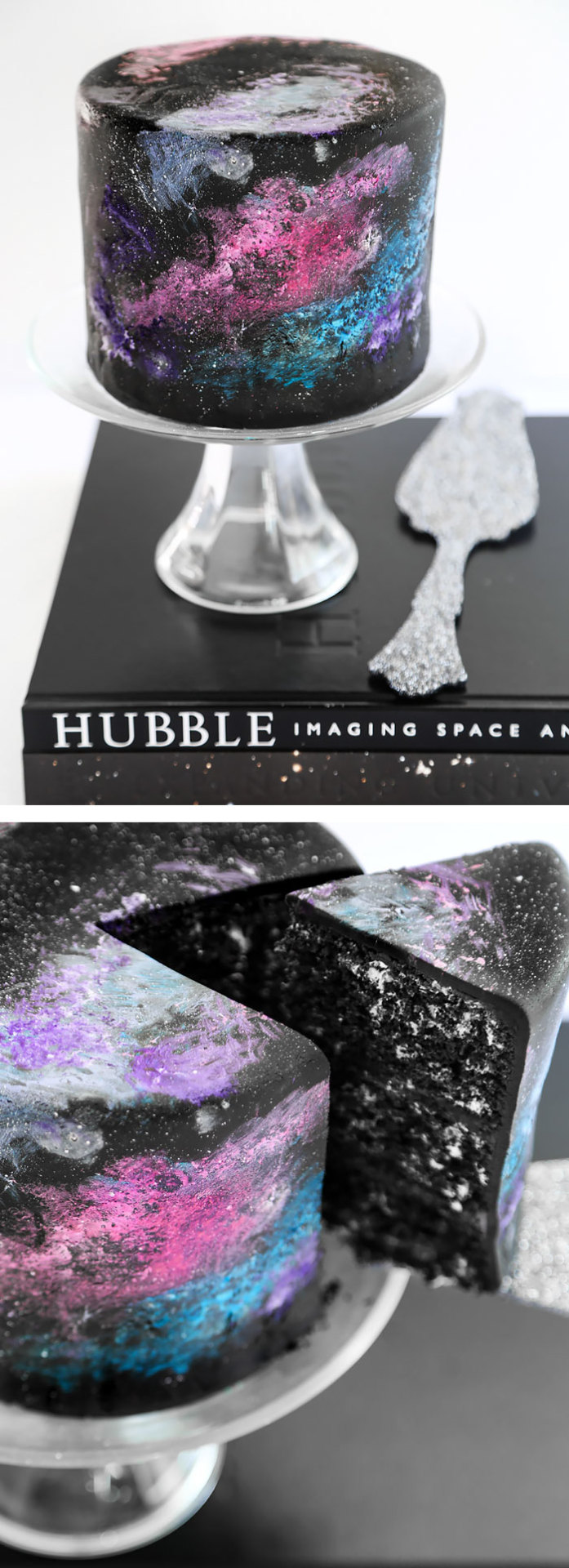
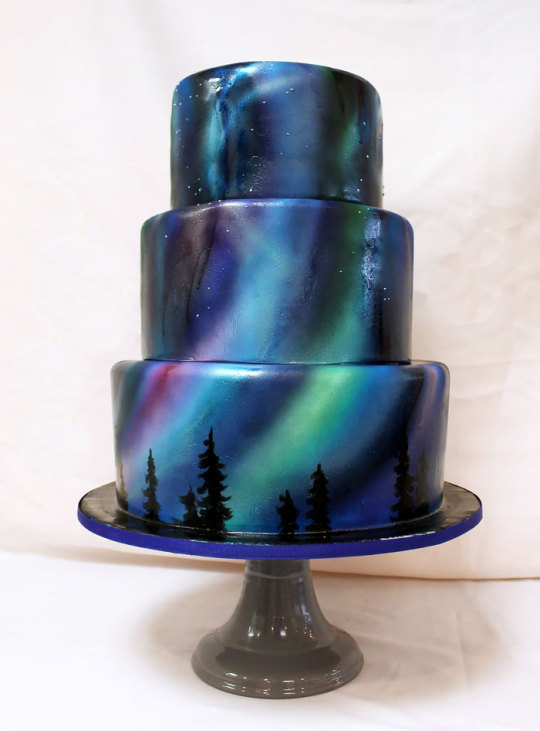

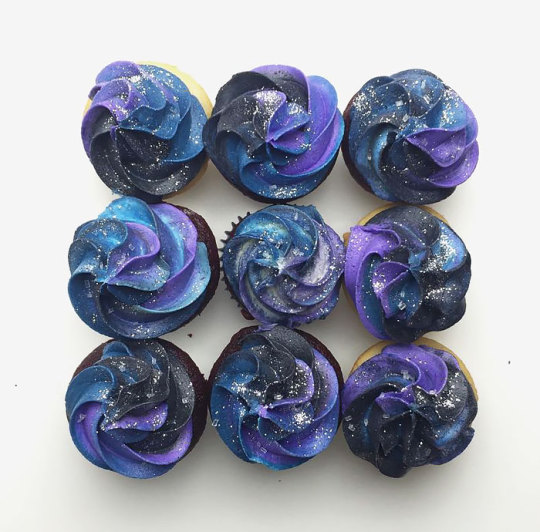




10+ Galaxy Sweets That Are Out Of This World
Really nice recipes. Every hour.
Show me what you cooked!
249K notes
·
View notes
Video
tumblr
Daisy Ridley practicing with a light saber.
130K notes
·
View notes
Text
it’s going to be okay. get some sleep
236K notes
·
View notes
Photo




?????
52K notes
·
View notes
Photo








Rebels Nine Nine:
{1/?}
540 notes
·
View notes
Text
At age 23, Tina Fey was working at a YMCA. At age 23, Oprah was fired from her first reporting job. At age 24, Stephen King was working as a janitor and living in a trailer.
At age 27, Vincent Van Gogh failed as a missionary and decided to go to art school. At age 28, J.K. Rowling was a suicidal single parent living on welfare.
At age 28, Wayne Coyne ( from The Flaming Lips) was a fry cook. At age 30, Harrison Ford was a carpenter. At age 30, Martha Stewart was a stockbroker. At age 37, Ang Lee was a stay-at-home-dad working odd jobs. Julia Child released her first cookbook at age 39, and got her own cooking show at age 51. Vera Wang failed to make the Olympic figure skating team, didn’t get the Editor-in-Chief position at Vogue, and designed her first dress at age 40. Stan Lee didn’t release his first big comic book until he was 40. Alan Rickman gave up his graphic design career to pursue acting at age 42. Samuel L. Jackson didn’t get his first movie role until he was 46.
Morgan Freeman landed his first movie role at age 52. Kathryn Bigelow only reached international success when she made The Hurt Locker at age 57. Grandma Moses didn’t begin her painting career until age 76. Louise Bourgeois didn’t become a famous artist until she was 78. Whatever your dream is, it is not too late to achieve it. You aren’t a failure because you haven’t found fame and fortune by the age of 21. Hell, it’s okay if you don’t even know what your dream is yet. Even if you’re flipping burgers, waiting tables or answering phones today, you never know where you’ll end up tomorrow. Never tell yourself you’re too old to make it.
Never tell yourself you missed your chance.
Never tell yourself that you aren’t good enough.
You can do it. Whatever it is.
662K notes
·
View notes
Photo

Carrie Fisher, Help me obi Juan, 2016. Twitter. // George Frederic Watts (and assistants), Hope, 1886. Oil on canvas, 142.2 x 111.8 cm.
15K notes
·
View notes
Text
I check my phone way too much for someone who doesn’t have a lot of people to talk to.
233K notes
·
View notes
Photo


BAFTAS, 2016.
9K notes
·
View notes
Text
Attention Women
If Uber has ever made you feel uncomfortable or if you heard of or personally experienced sexual assault while using Uber, consider Chariot for Women.
Chariot for Women is very similar for women but it is strictly for women (and boys under the age of 13) and all the drivers are women. There are many security features established such as the driver must confirm their identity before every drive and there is a safe word given to the driver and passenger.
Also 2% of each fare is donated to women-focused charities.
The app is being released on April 19. I strongly consider everyone to check it out.

The article: http://www.dose.com/style/28133/Here-s-Why-Women-Everywhere-Will-Delete-Uber-On-April-19
Their Website: http://www.chariotforwomen.com/about-us.html
Please share for everyone to see!
83K notes
·
View notes
